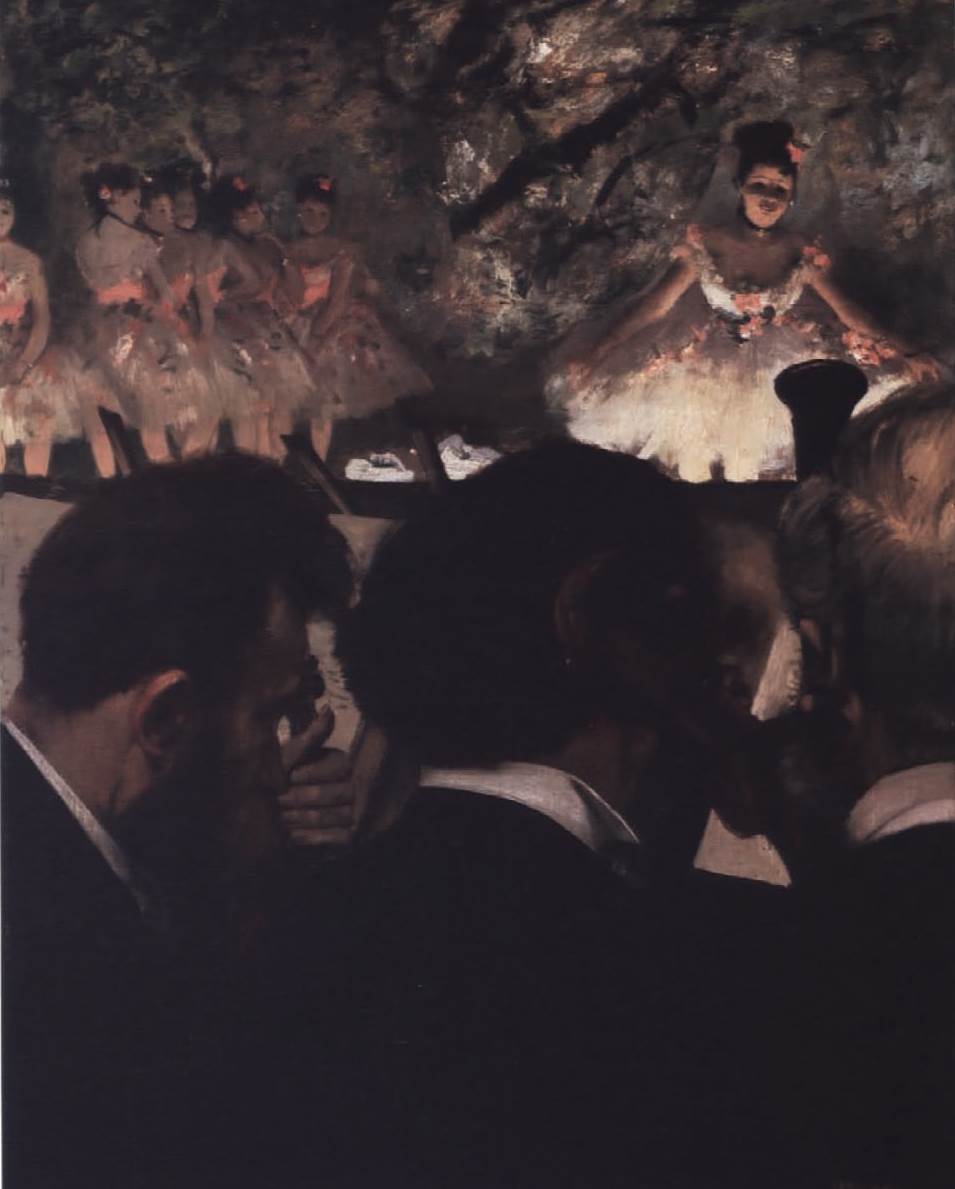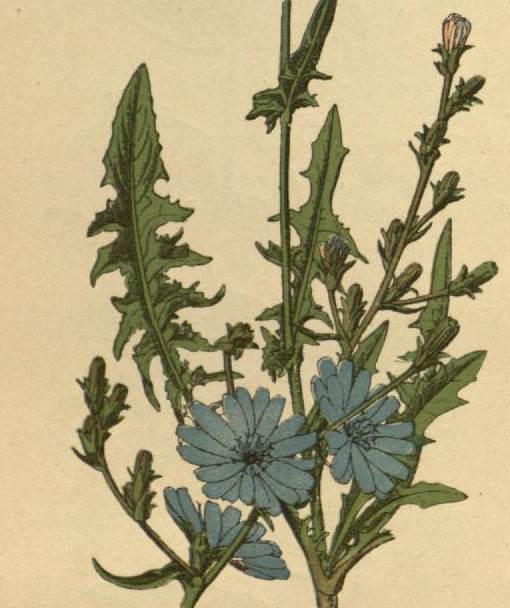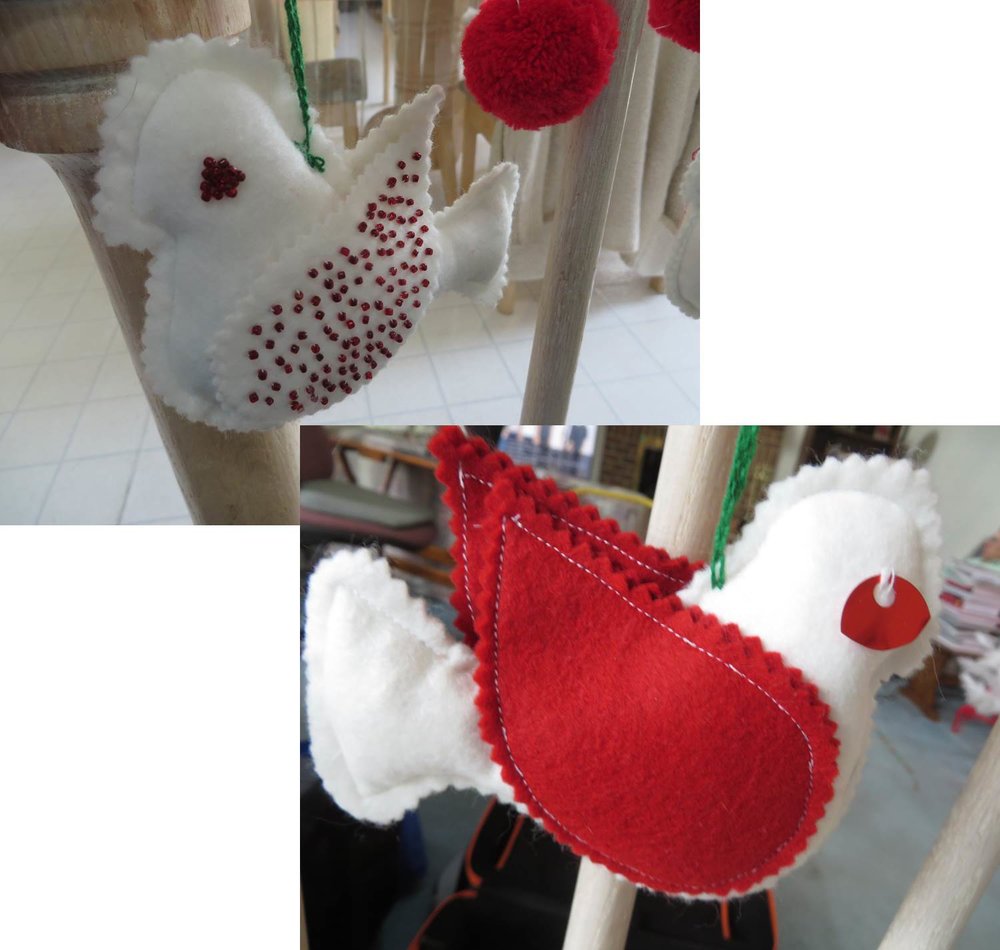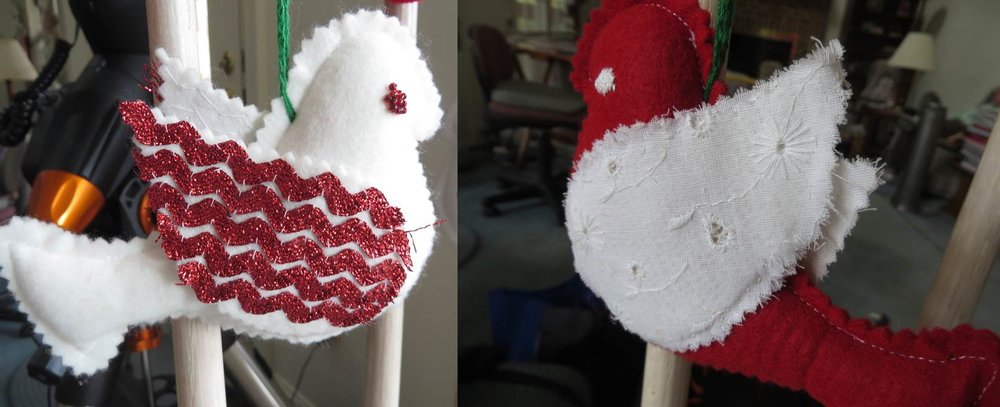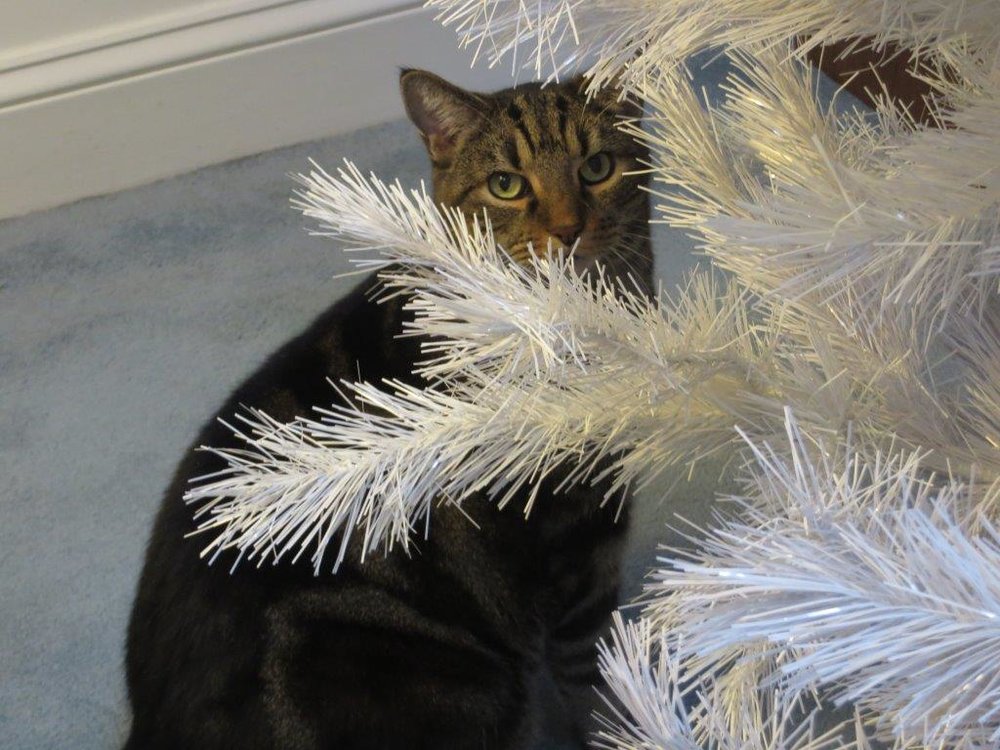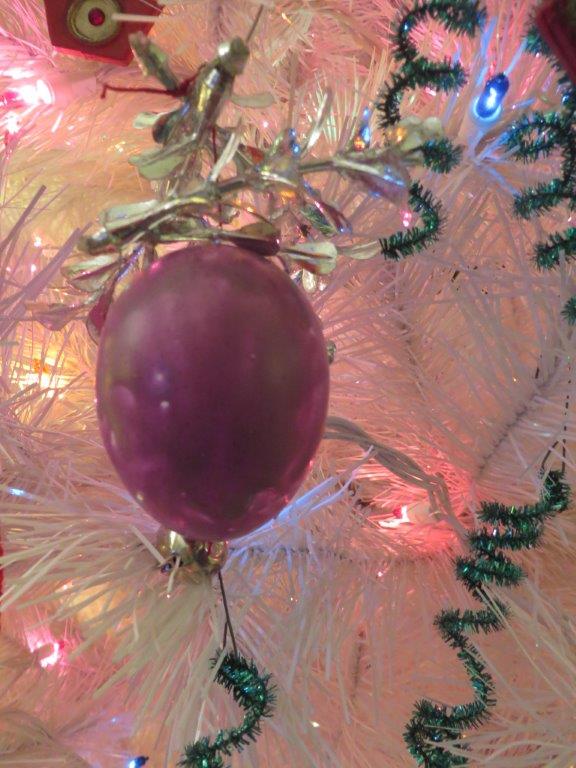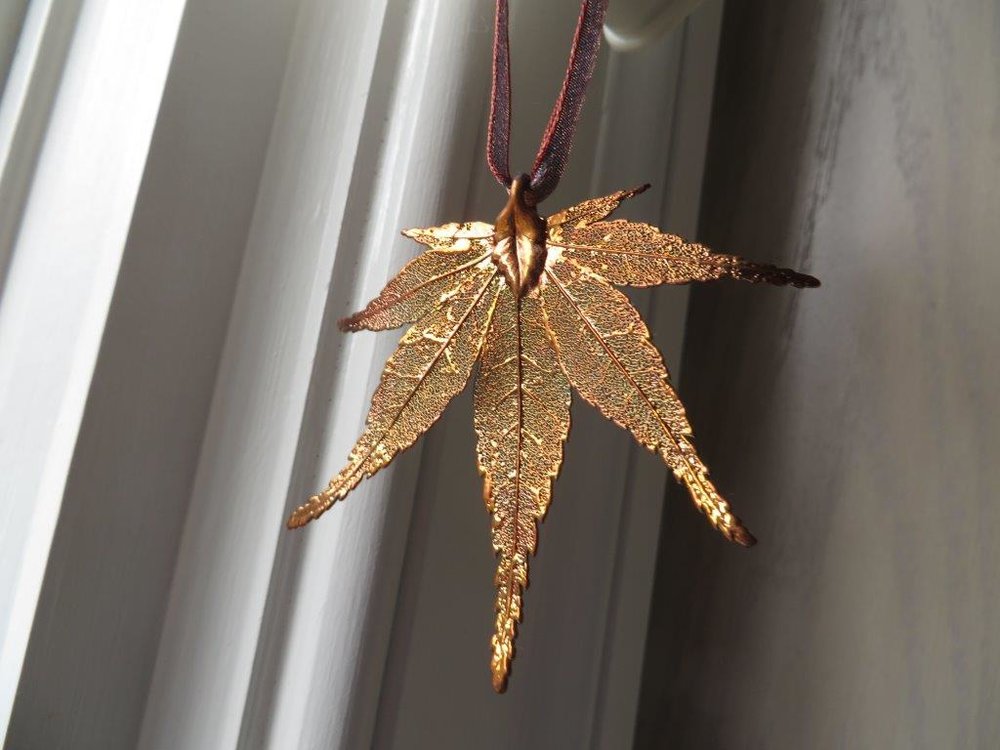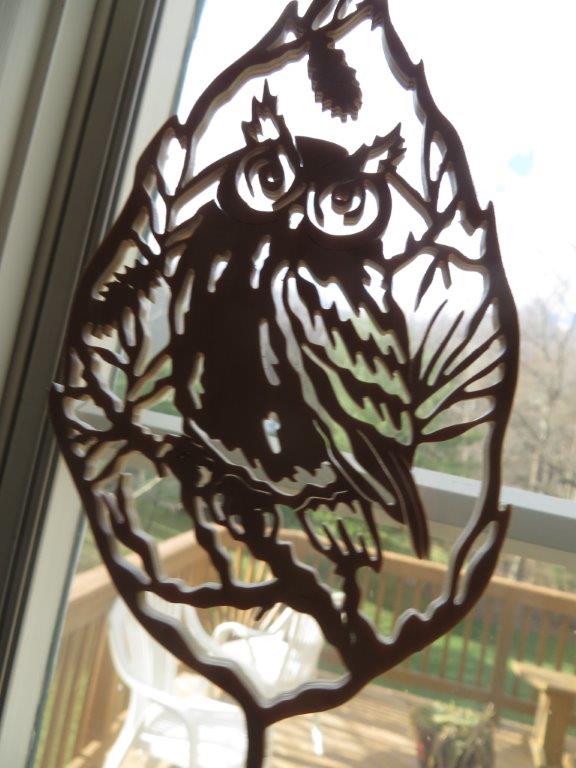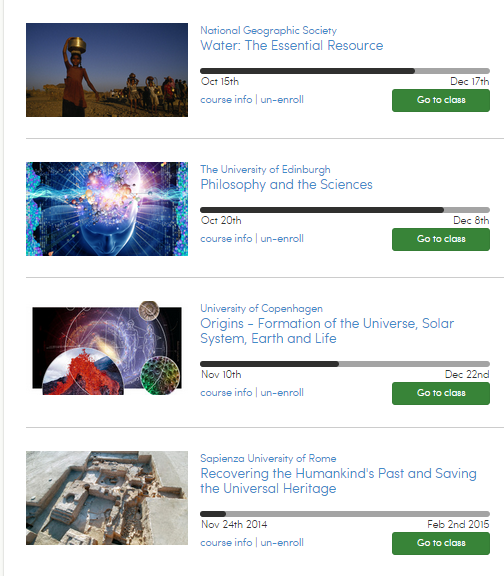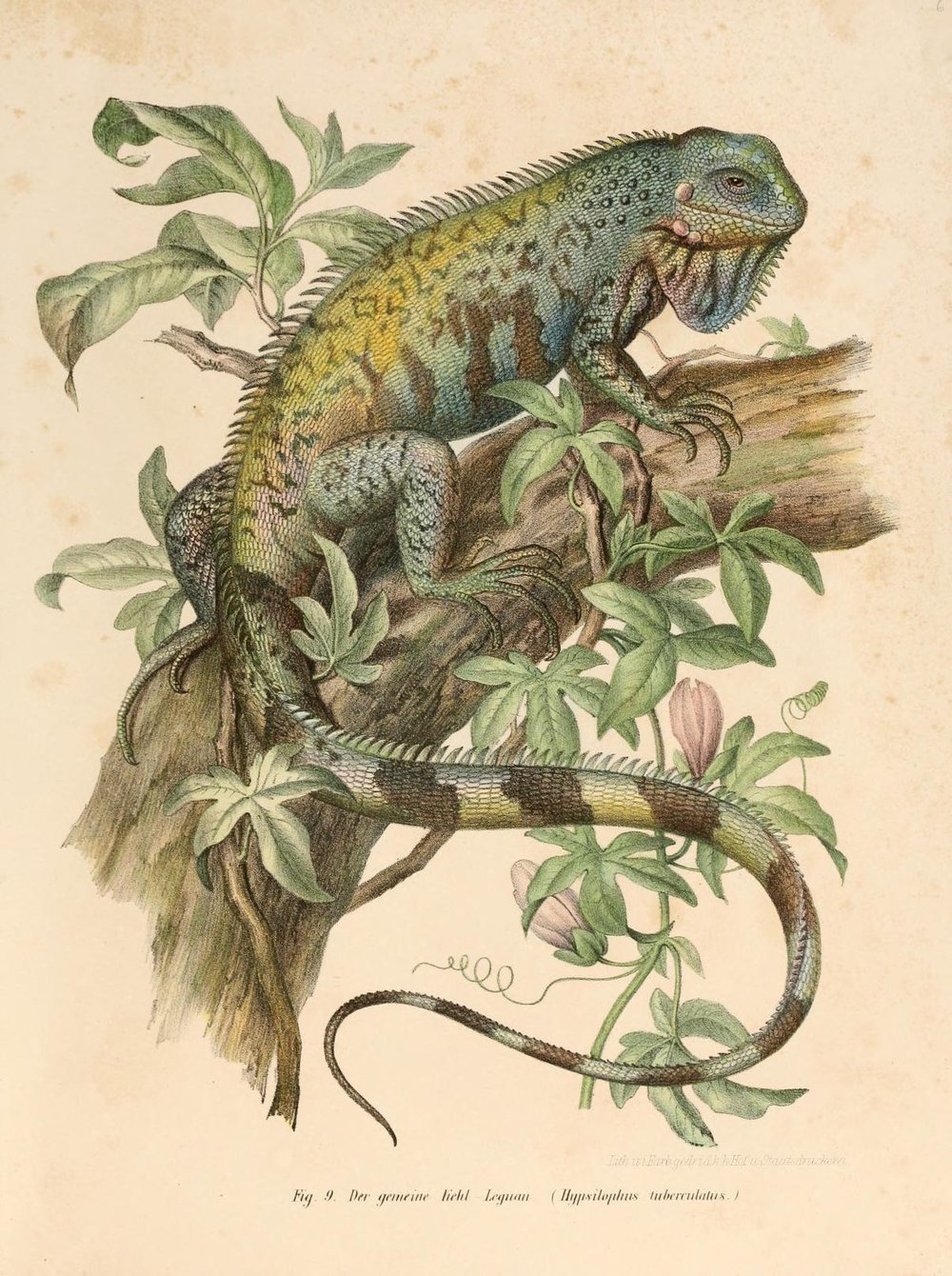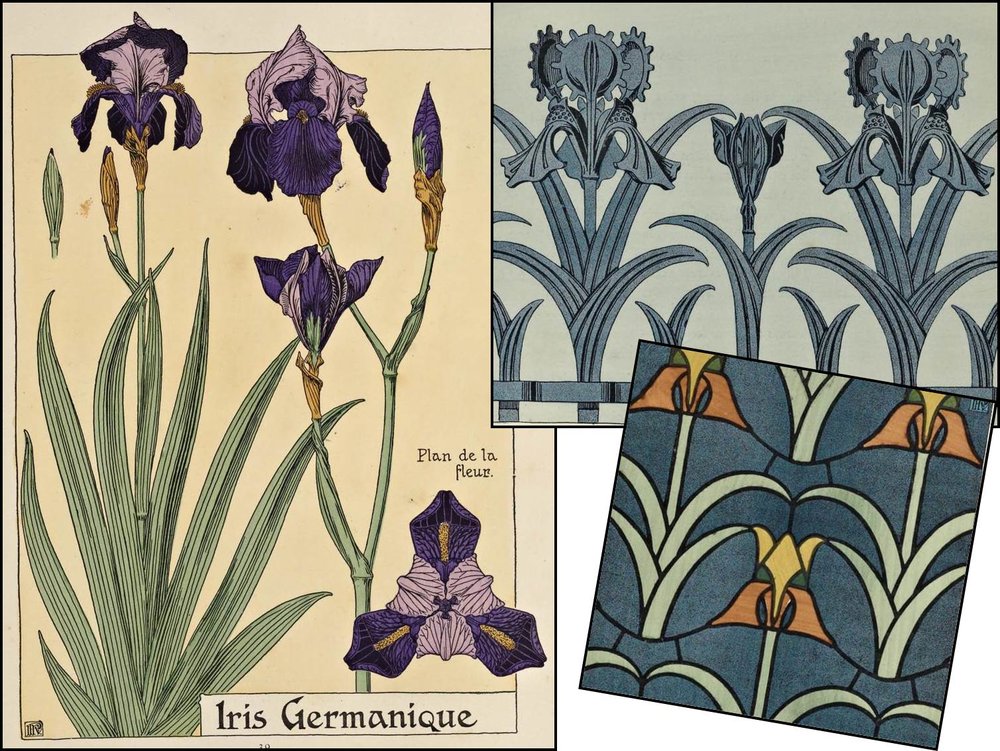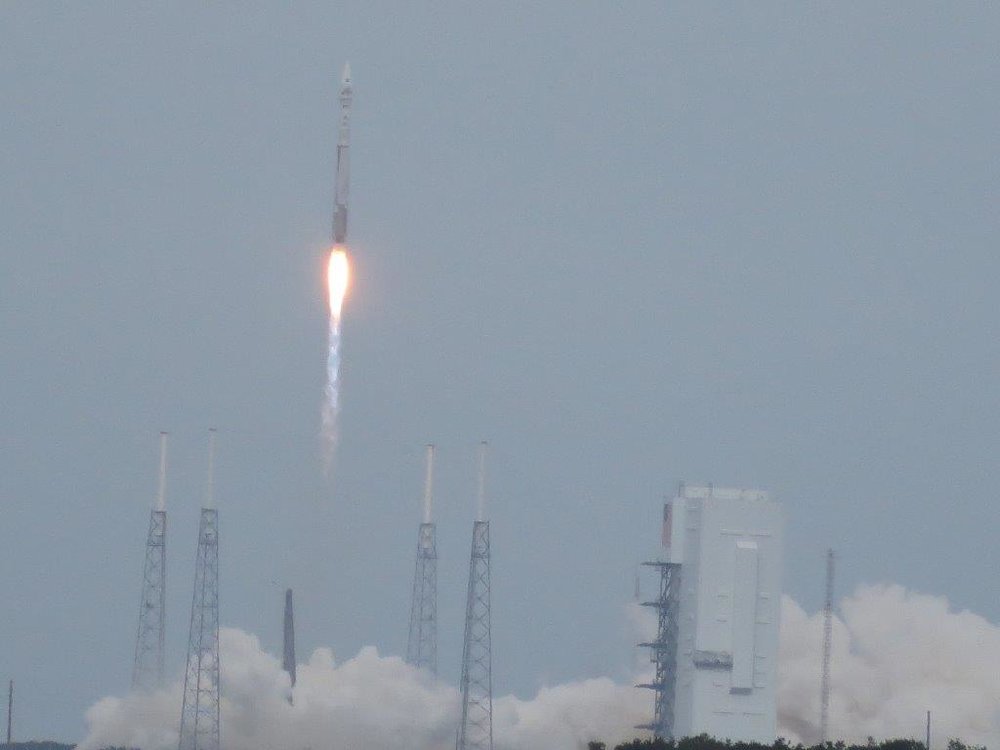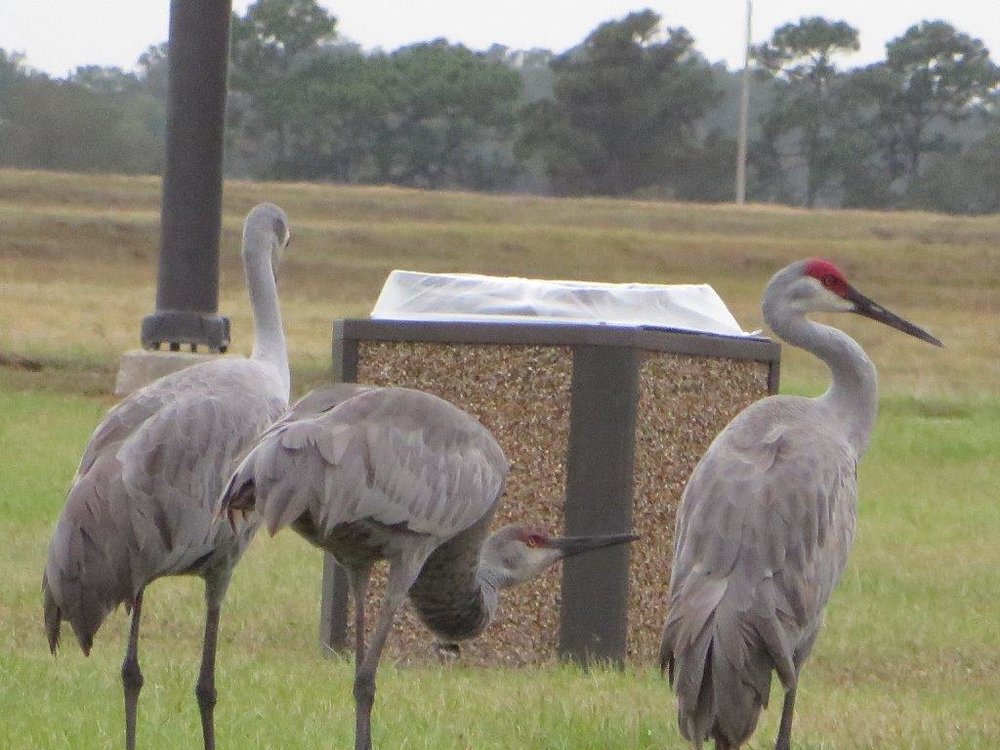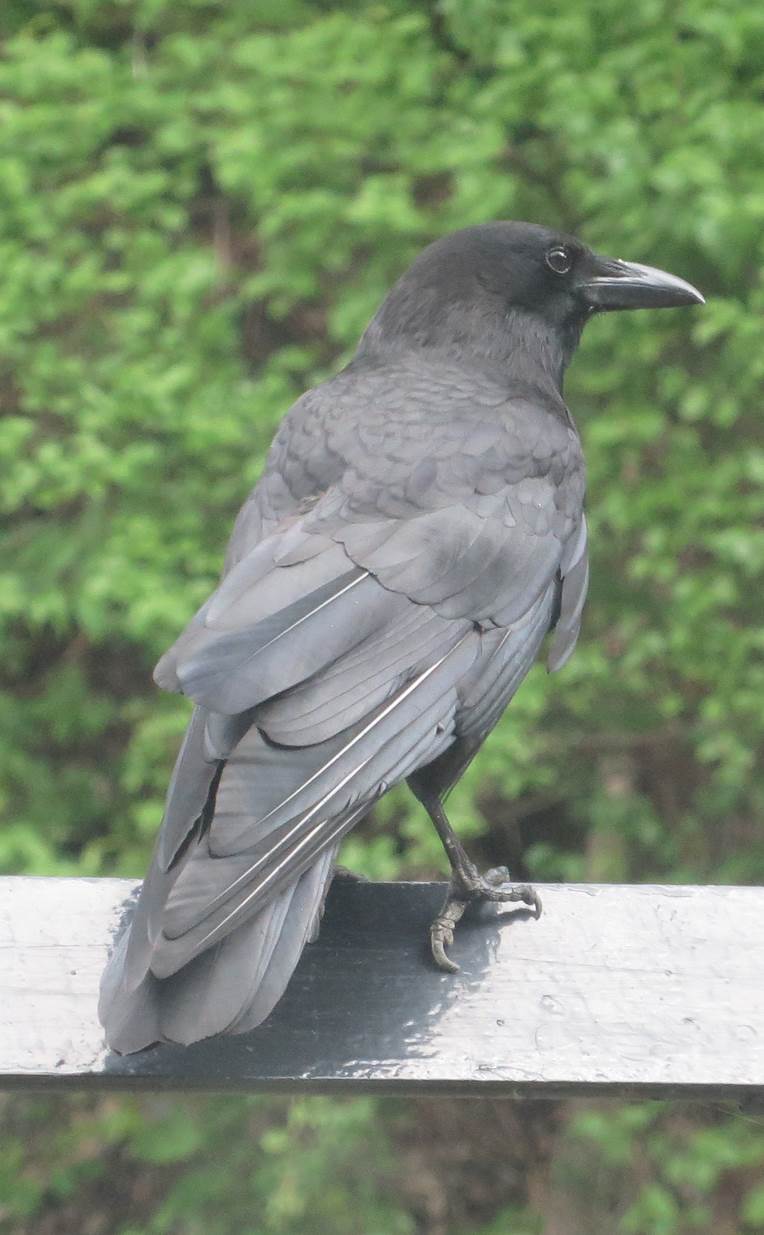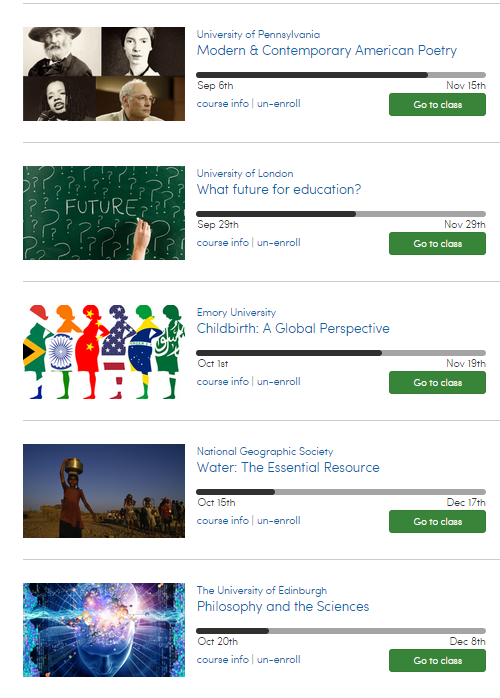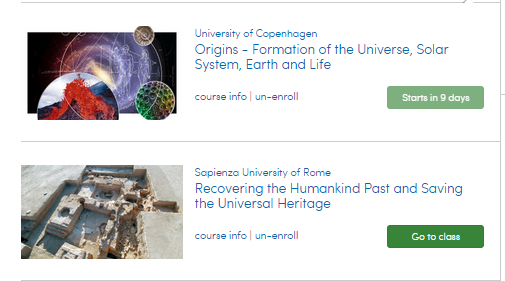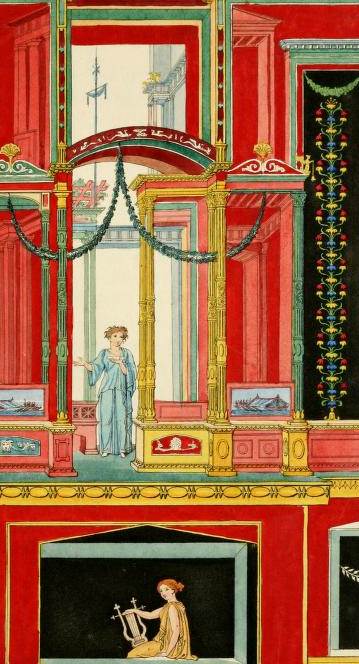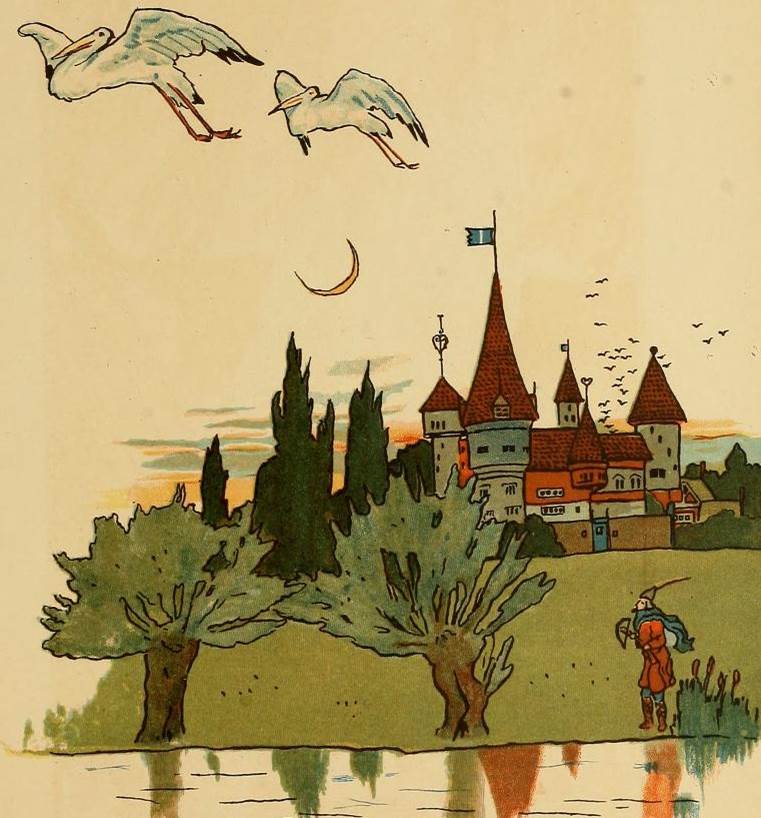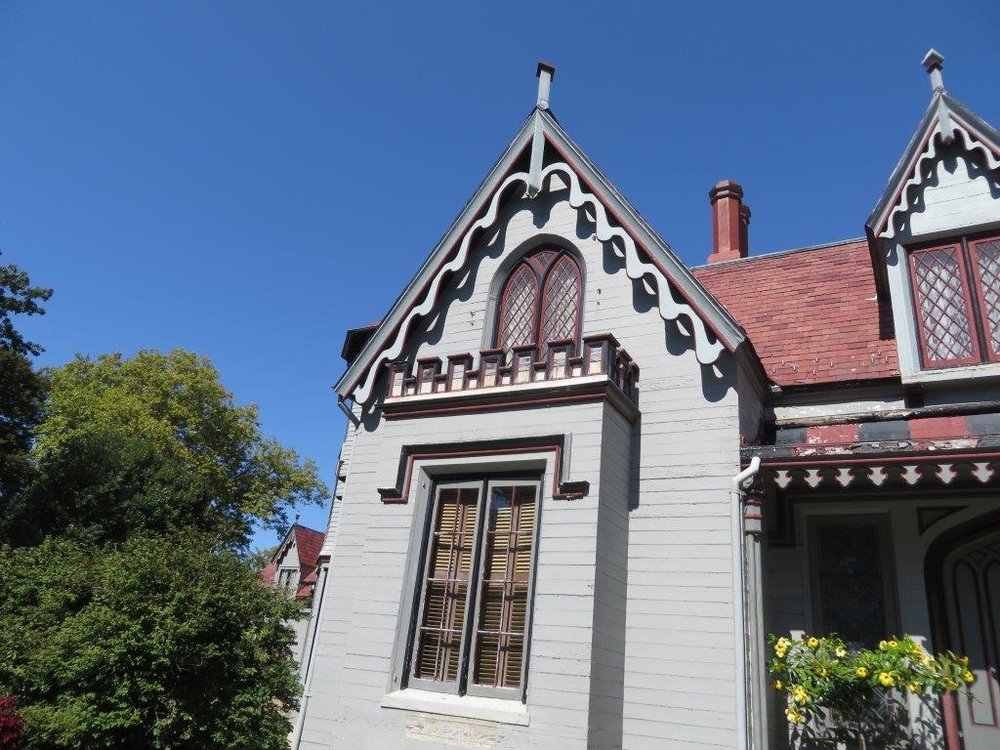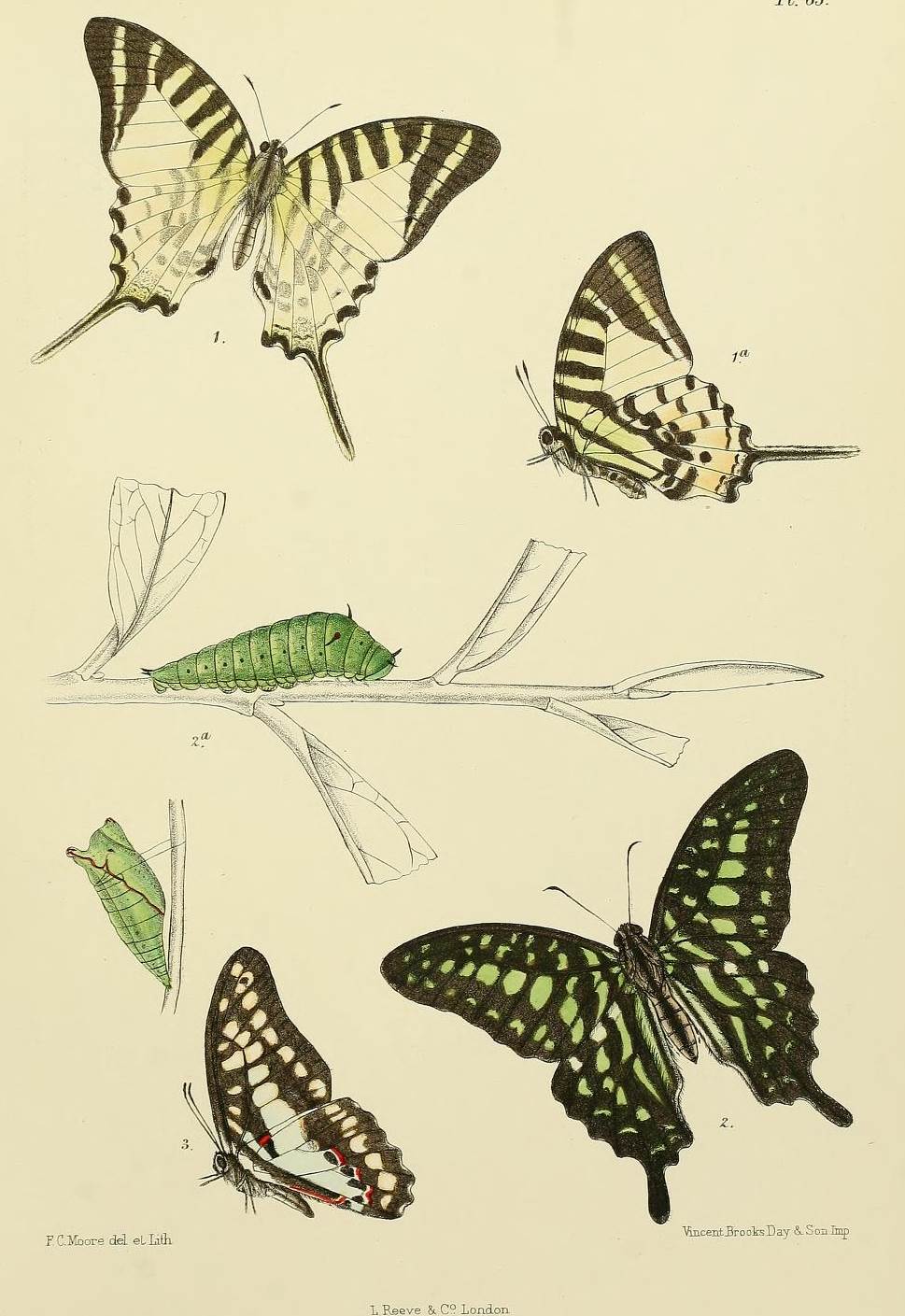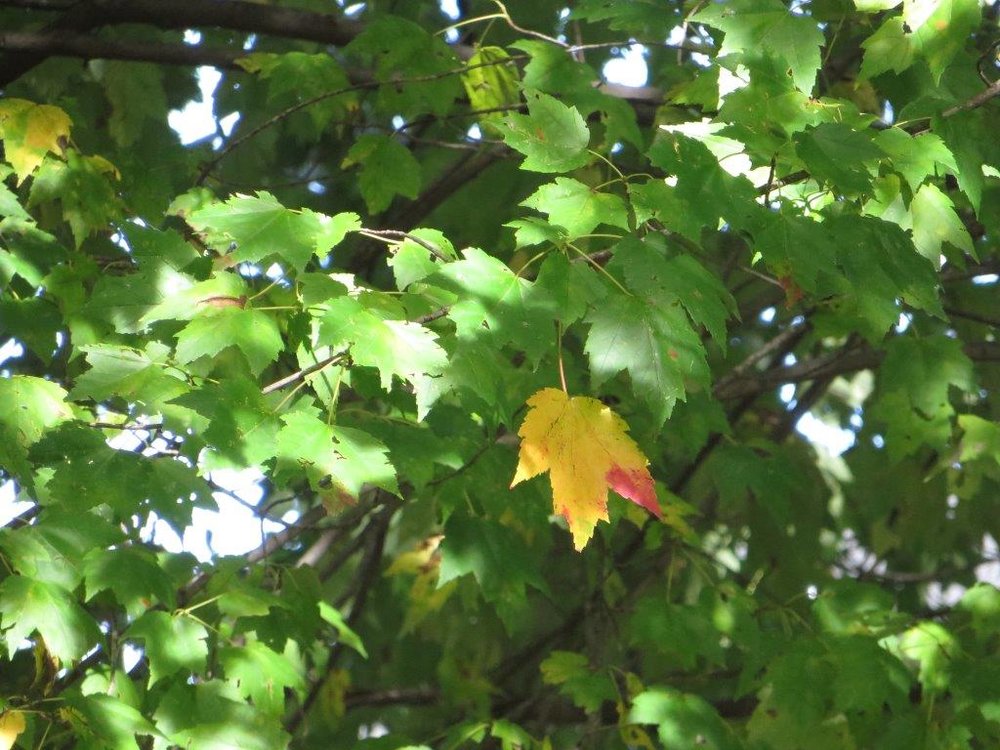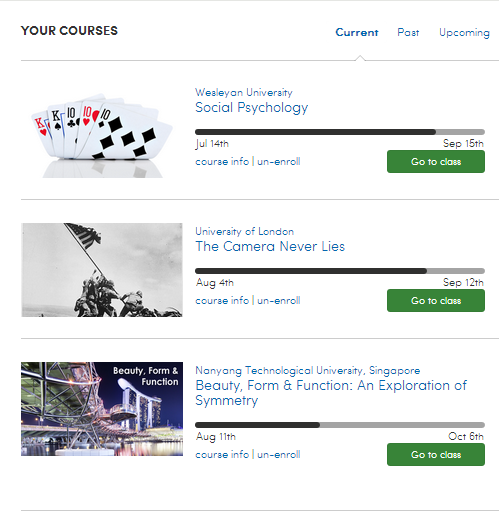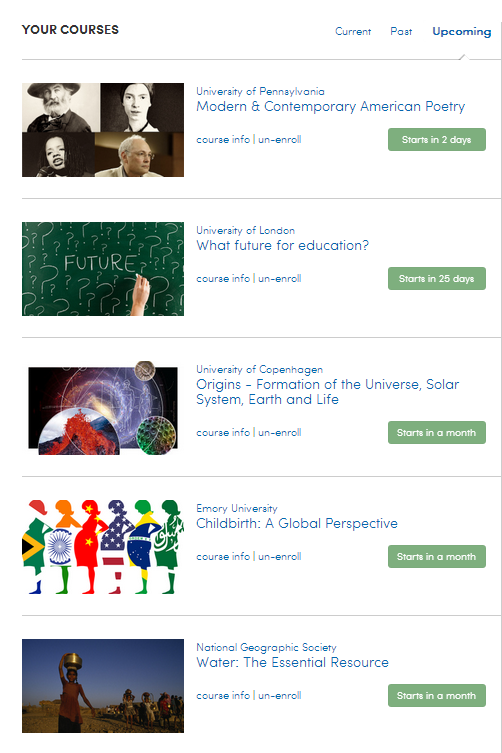Savoring 2014
/As 2014 winds down, I am savoring my favorite memories of the year - for every month and then some aspects of continuity across the months of the year.
January
The year started out particularly cold. The high points of the month were photographing ice crystals while I waiting for my daughter to finish up the last sessions of a conference (and yes - I am savoring her January visit too!). 
February
February was the month I rediscovered the joy of microscopy. I took the 40 year old microscope out of its wooden case and began looking at insect wings, onion skins, and feathers. It was a time to stay warm inside and savor the continuous interest over a lot of years.
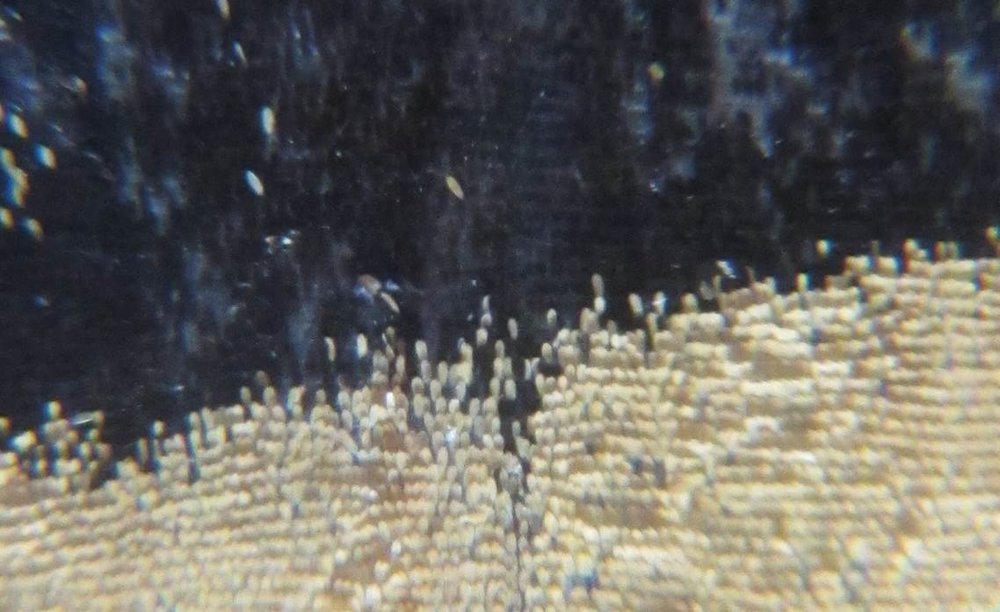
March
It was our first time to enjoy The Philadelphia Flower Show. I savor the memory of the day because it was full of spring color weeks before the outdoors was warm enough flowers. I also savor the super gardening gloves I bought from one of the vendors which I wore frequently over the summer and into the fall.
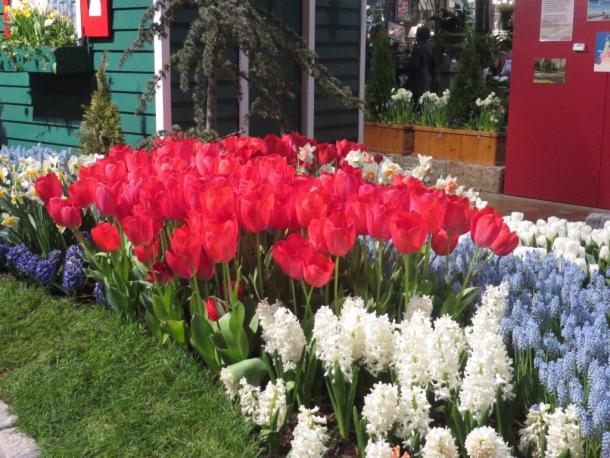
April
Seeing the cherry blossoms are a spring tradition for us in the Washington DC area. I enjoy them every year!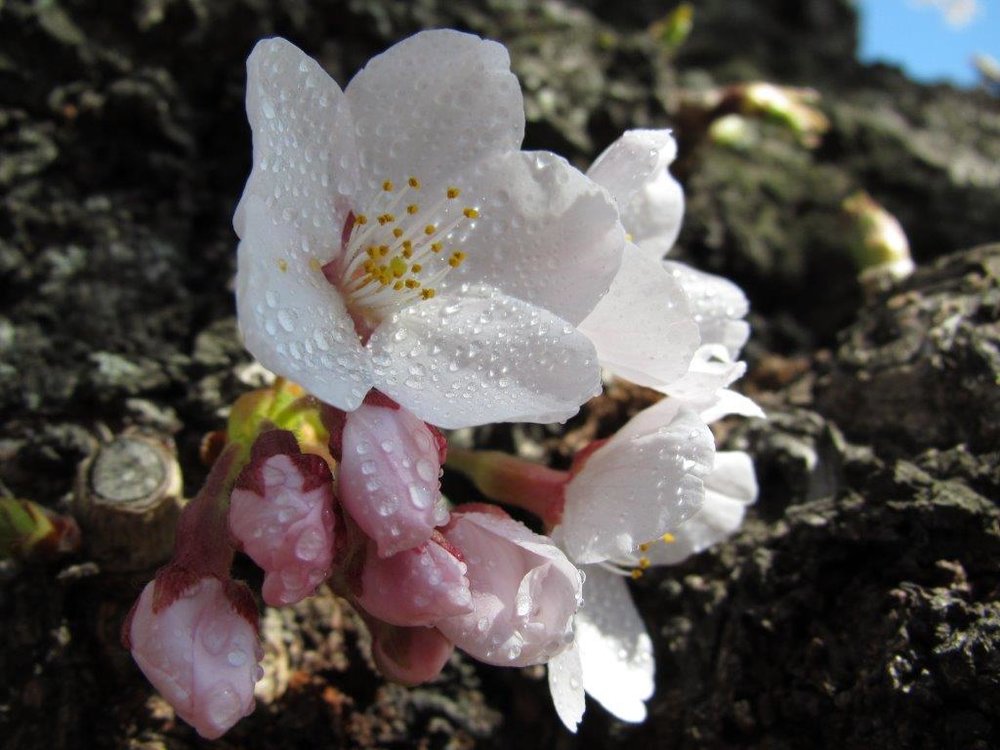
I went to Dallas last April and saw the Klyde Warren Park in downtown for the first time. This may become something I want to do every time I go to the area!
Looking back through my notes for April - I remembered seeing the Wood Frogs, and am remember them as a sight and sound of spring as well.
May
 Every May, I keep a special lookout for fiddleheads and Jack-in-the-Pulpits. 2014 was not a disappointment. There were plenty to see!
Every May, I keep a special lookout for fiddleheads and Jack-in-the-Pulpits. 2014 was not a disappointment. There were plenty to see!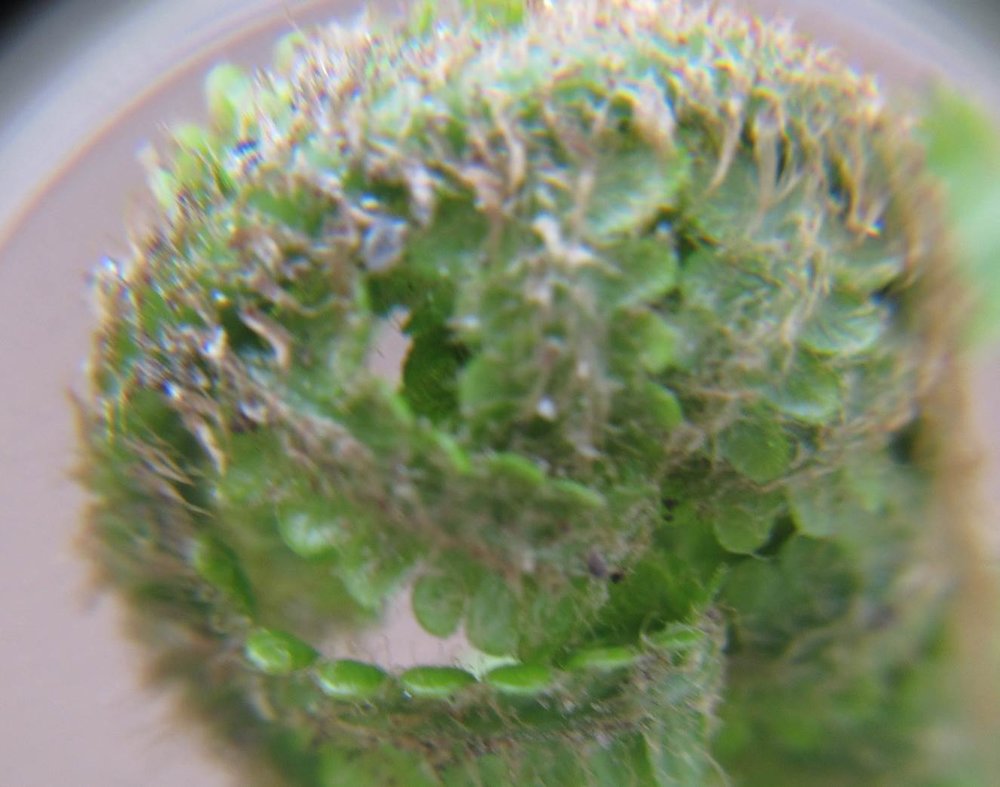
Longwood Gardens is beautiful in the spring as well. I particularly enjoyed the tulips; they are always flowers I want to see in profusion.
Last May was my first experience with Letchworth Falls State Park in New York. Now that I am thinking about it again - I want to go back!
June
This was our first year to see the lotuses blooming at the Kenilworth Aquatic Gardens.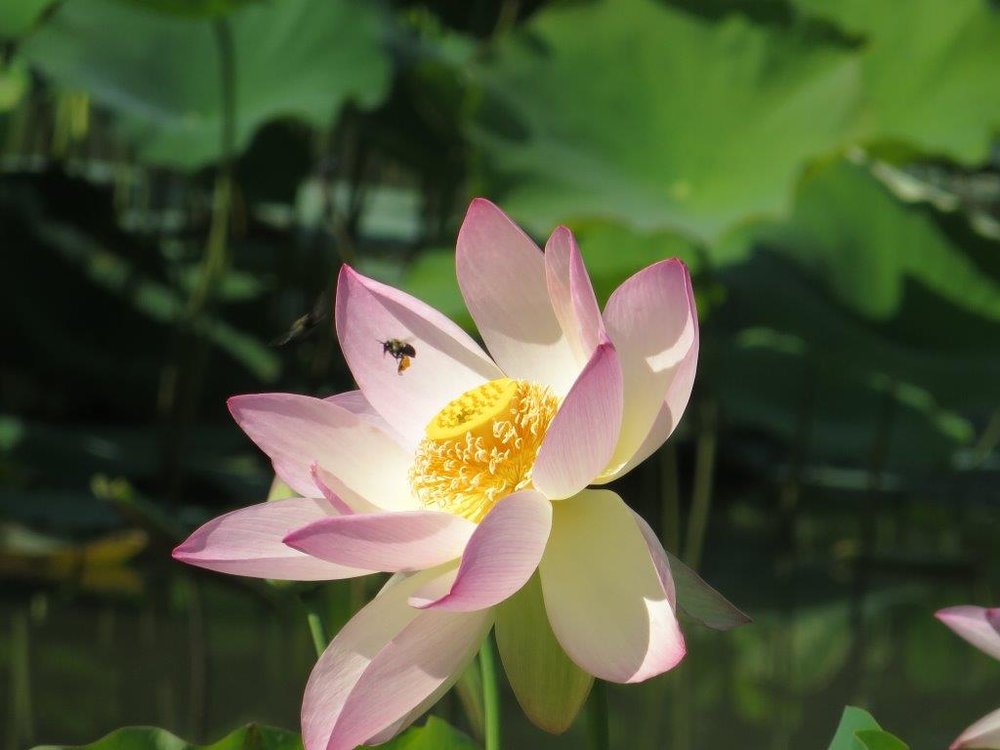
The dragonflies were an added photographic opportunity of the place.
July
Mid-summer is an excellent time for enjoying fireworks! Some years they are rained out or we miss them .... but this year the weather was great, we found a good vantage point at the last minute and enjoyed the display.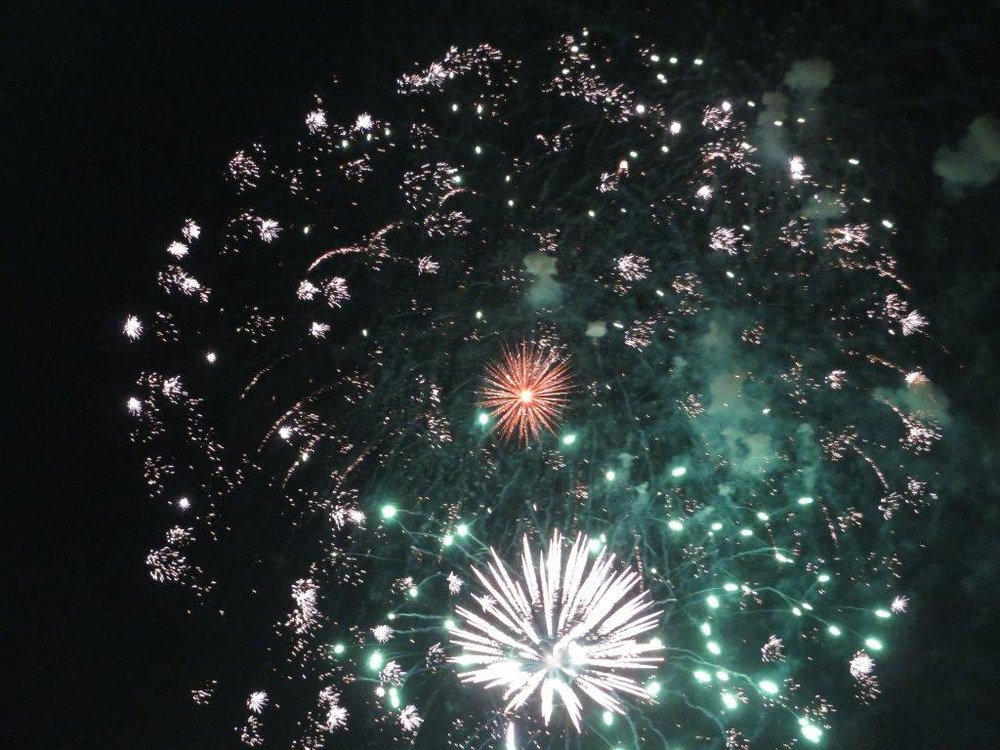
I also made a trip to Dallas just in time to catch the Naked Lady Lilies blooming in my parents' garden.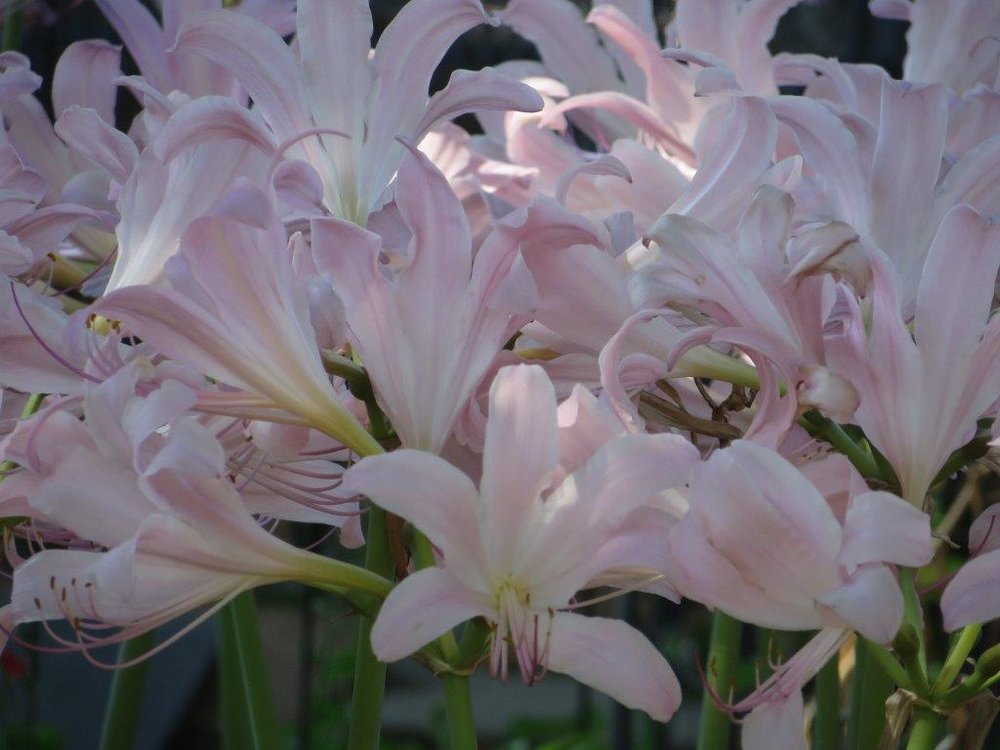
August
While I was in Dallas, we walked around a small lake near my parents' several times and observed a swan family - with one cygnet that was almost as large as the parents.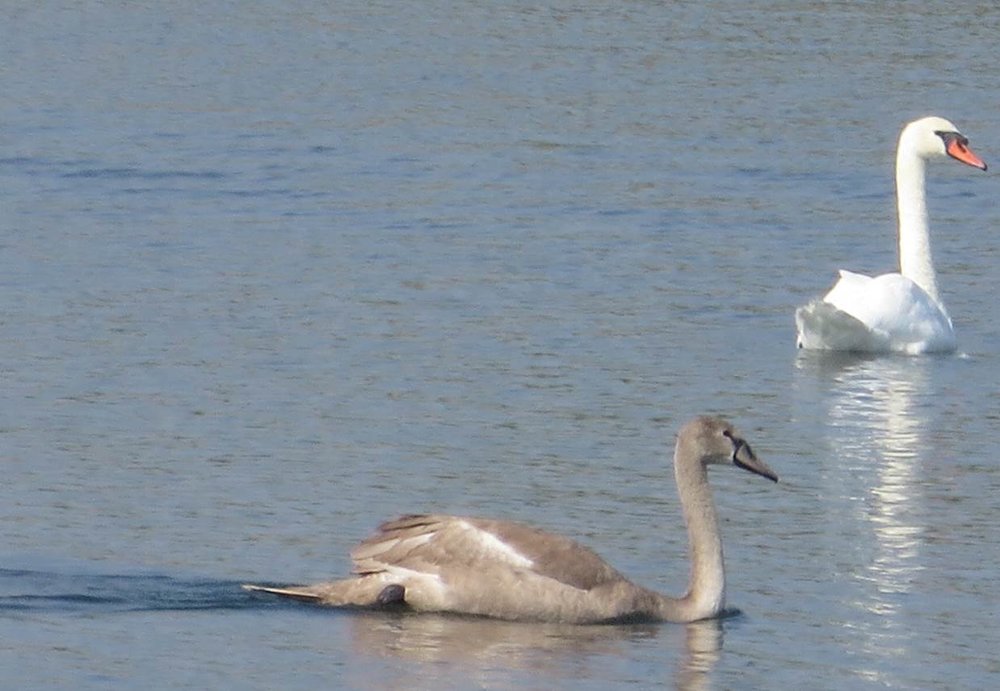
There were also a profusion of sunflowers in Dallas and I now have seeds from those plants to grow some of my own next spring/summer.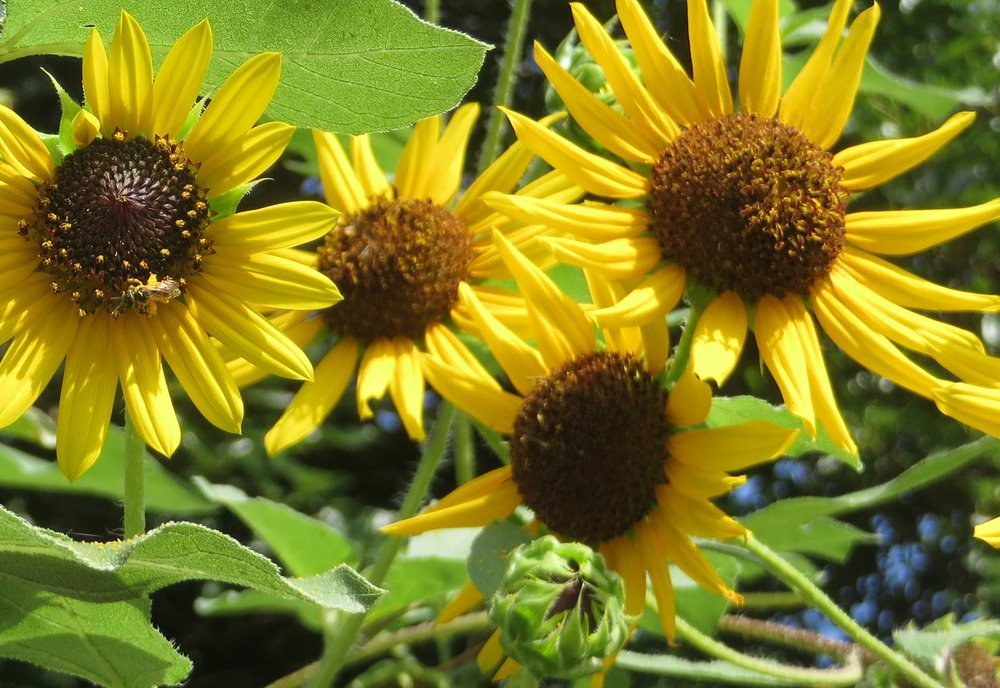
September
September was a good month to walk around the Maryland side of the Great Falls of the Potomac. Lots of water coming over the rocks. Maybe we'll go again sometime this winter.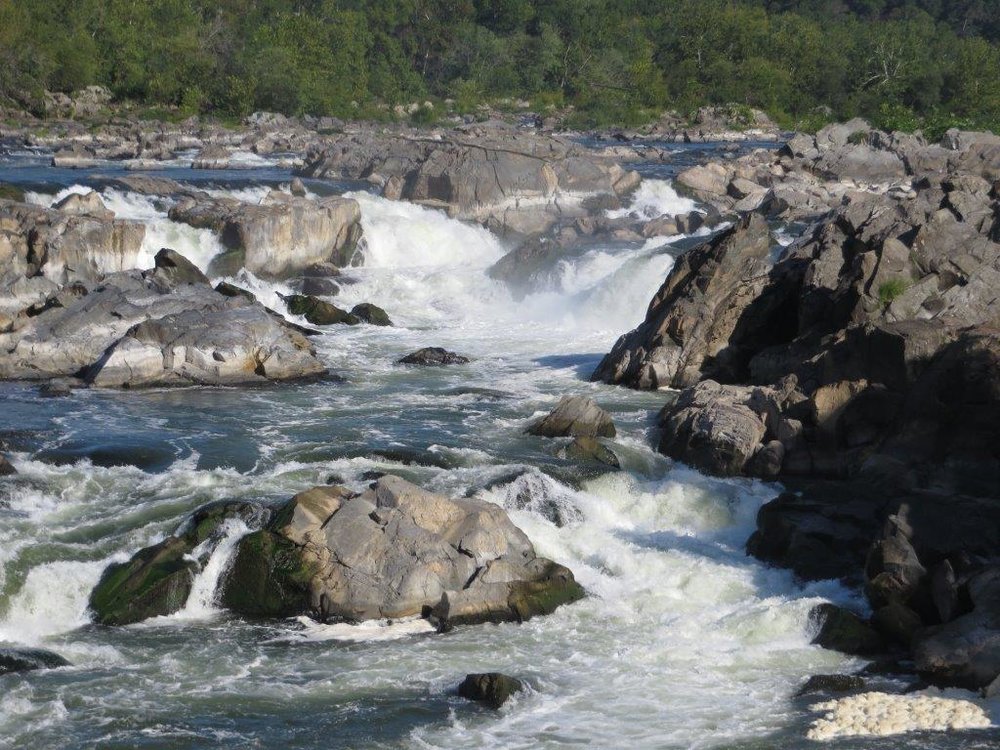
October
At the beginning of the month I was in Newport, RI with one of my sisters - touring mansions and gardens...walking the cliff walk. Great memories.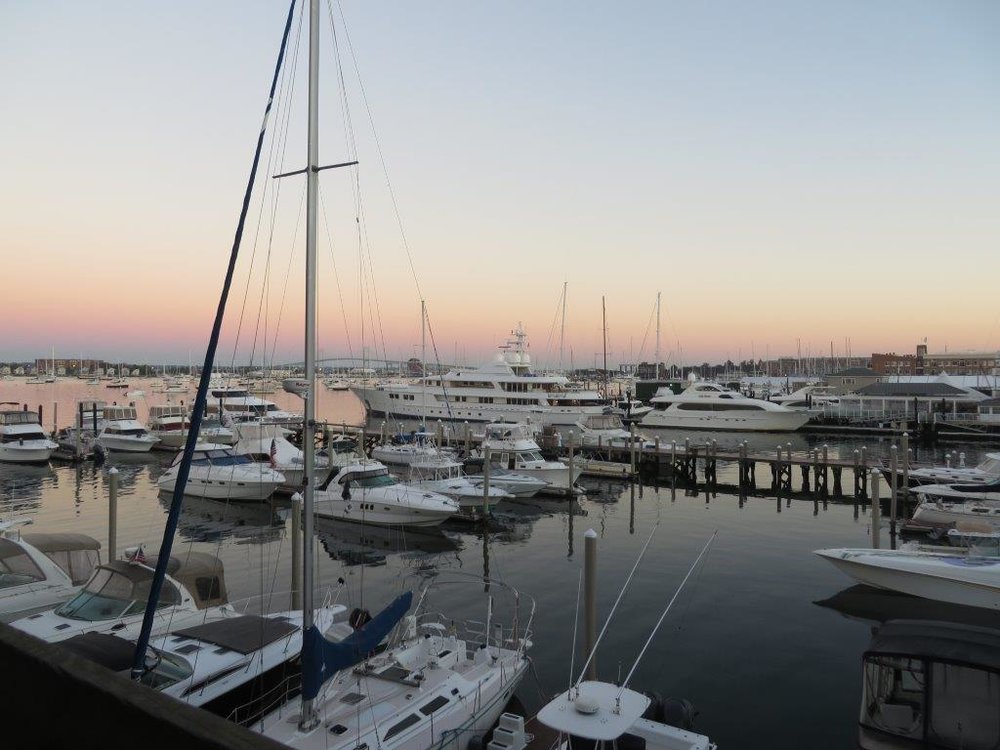
November
Chincoteague and Blackwater Wildlife Refuge are some favorite fall destinations for us. This year we were a tad early for the winter birds but there were lots of herons and gulls that made photography worthwhile.
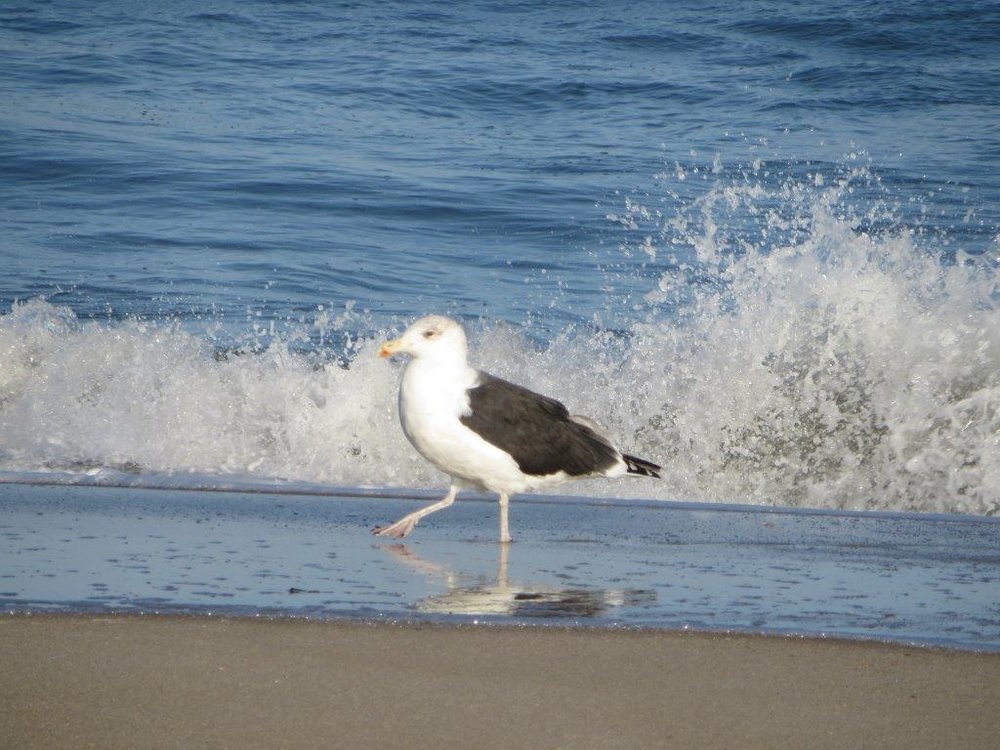
Catoctin/Cunningham Falls was another fall destination - for foliage and shelf fungus!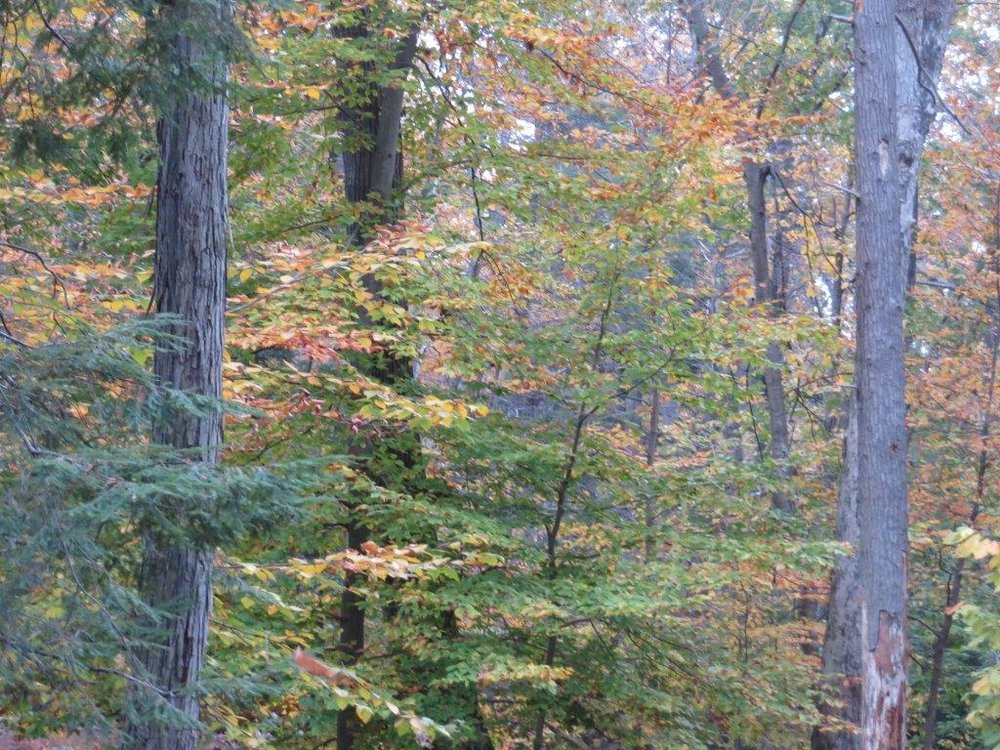
December
December has been full of things to savor - the poinsettias, solstice hike, decorations, pomegranates and the US Botanic Garden. I'm going to skip adding pictures since they are too numerous (and still very fresh in memory).
Themes
There are themes for the year too that I'm savoring:
- The sweet potato I grew in a trough pot from January to October. The leaves were good as salad greens...and the sweet potatoes were baked then eaten with butter and cinnamon.
- All the Coursera courses I took. I was looking back through the list and trying to decide if I had a favorite. There are ones that were thought provoking...others that caused me to change the way I do things...others that were just a joy to learn.
- Visiting Brookside Gardens. I go there frequently and savor the parts that are available while renovations are occurring.
- Being a Volunteer Naturalist for the Howard Country Conservancy. It is a thrill to lead nature hikes for elementary school field trips.
- Community Supported Agriculture. 2014 was my first season to belong to a CSA from June-October and I'll probably continue for as long as there is a CSA near where I live.
That's it for the trip down memory lane for 2014. I enjoyed it....but anticipate 2015 will hold just a much that I'll be savoring next year on December 31st.



